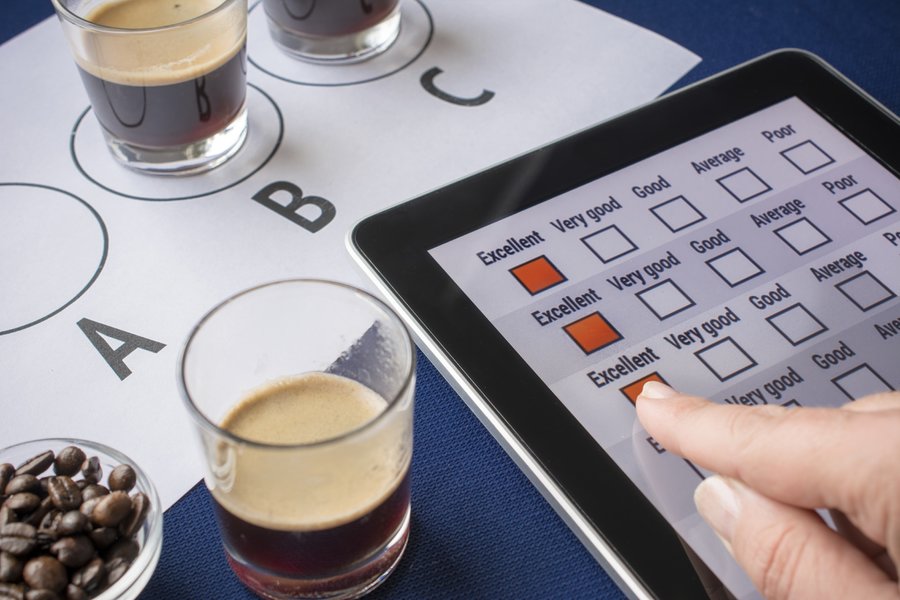ISO 76815 Sensory Aroma Profiling in Coffee and Tea
The ISO 76815 standard provides a comprehensive framework for sensory aroma profiling, which is essential in the food & feed testing sector. This service focuses specifically on coffee and tea, where subtle differences in aroma can significantly impact consumer preference and product quality.
Developed by international experts, ISO 76815 outlines methodologies to evaluate aroma profiles using human sensory panels. This approach ensures that the flavor profile of these products is accurately captured, allowing for precise quality control and consistent formulation. The standard covers key parameters such as intensity, duration, and complexity of aromas.
The testing process begins with careful selection of samples ensuring they are representative of the batch or blend being evaluated. Samples undergo rigorous pretreatment to eliminate any external influences that could affect sensory evaluation results. After treatment, trained panels assess multiple attributes including primary aromas (like floral or fruity notes), secondary aromas (such as caramel or burnt notes), and tertiary aromas (e.g., musty or moldy notes).
Once the initial evaluations are complete, detailed reports are generated summarizing findings. These documents not only list observed aroma characteristics but also provide insights into potential flavor development areas or quality issues that could arise during production. For instance, if certain secondary aromas are found to be too intense, adjustments might need to be made in roasting processes.
This service is particularly valuable for businesses engaged in research and development (R&D) activities aimed at enhancing product offerings. By leveraging ISO 76815, companies can ensure their innovations meet stringent quality standards while remaining competitive within the market. Additionally, this process supports compliance efforts by providing clear guidelines on acceptable sensory characteristics.
Furthermore, this service aids in maintaining consistent quality across batches or production runs by offering objective data points against which actual results can be compared. This consistency is crucial for brands seeking to establish brand loyalty and trust among consumers who rely heavily upon taste preferences when making purchasing decisions.
Why It Matters
- Informs Product Development: Understanding aroma profiles helps companies create products that resonate with consumer tastes and preferences.
- Ensures Consistent Quality: By capturing consistent sensory data, businesses can maintain uniformity in their offerings which is vital for customer satisfaction.
- Aids Compliance: Adhering to international standards like ISO 76815 ensures that products meet regulatory requirements and industry best practices.
Applied Standards
The primary standard used in this service is ISO 76815, which sets out procedures for sensory evaluation of aroma profiles. This includes detailed instructions on how to organize and conduct panel sessions, along with guidelines for interpreting results.
Besides ISO 76815, other relevant standards include those from organizations such as ASTM International (D3420) and the European Committee for Standardization (EN 14194). These additional resources provide supplementary information that enhances our ability to deliver accurate and reliable sensory analysis.
Benefits
- Promotes Innovation: Detailed understanding of aroma profiles enables the identification of new flavor trends and opportunities for innovation.
- Enhances Consumer Satisfaction: Consistent quality based on precise sensory evaluations leads to products that meet or exceed customer expectations.
- Facilitates Compliance: Adherence to international standards ensures that all aspects of the testing process comply with regulatory guidelines and industry best practices.





